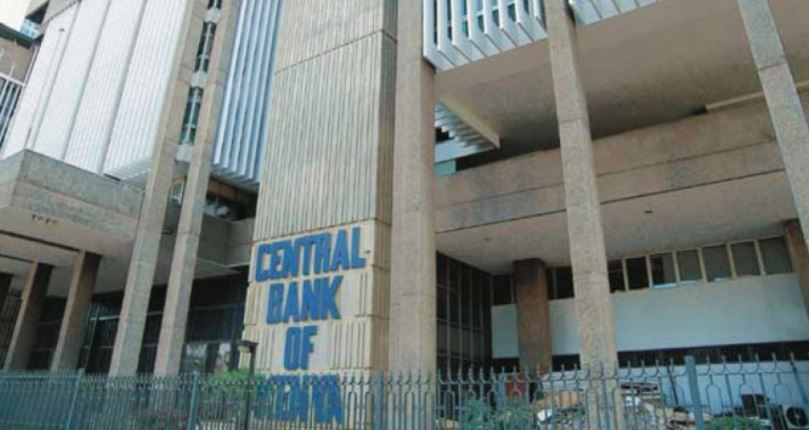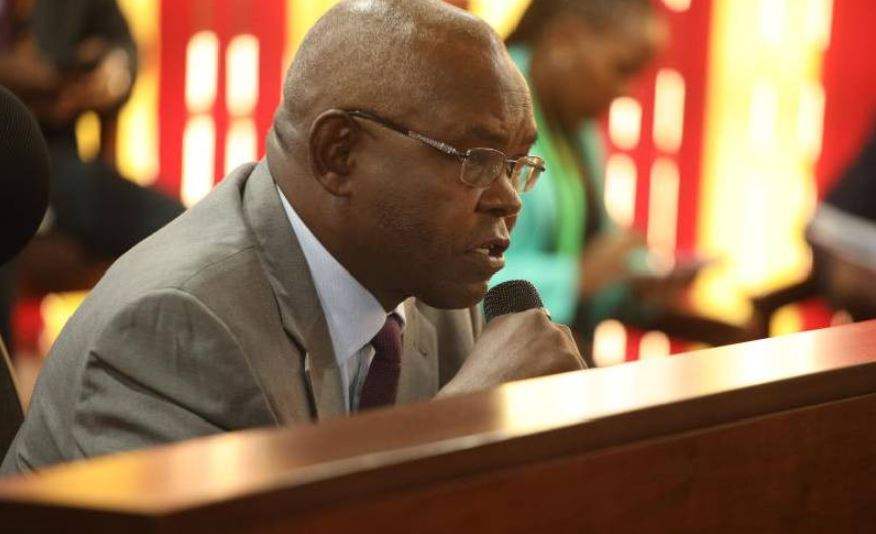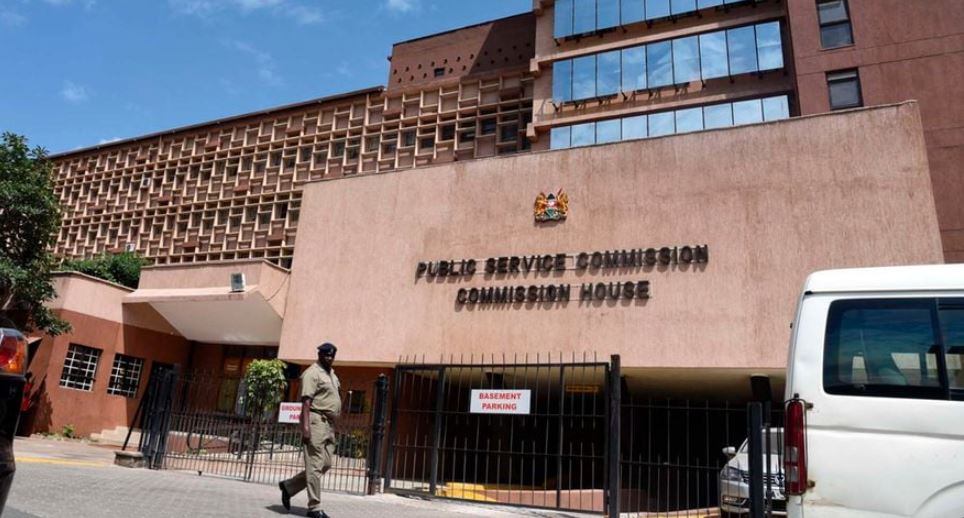 The Central Bank of Kenya (CBK) has launched a nationwide inspection of all banks to assess their compliance with the implementation of Risk-Based Credit Pricing (RBCP) models. This move aims to ensure that banks price loans based on individual borrower risk rather than applying a uniform approach.
The Central Bank of Kenya (CBK) has launched a nationwide inspection of all banks to assess their compliance with the implementation of Risk-Based Credit Pricing (RBCP) models. This move aims to ensure that banks price loans based on individual borrower risk rather than applying a uniform approach.
CBK Governor Kamau Thugge informed the National Assembly Finance Committee that any violations identified during the onsite inspections would result in enforcement and administrative actions as outlined in banking sector laws and regulations.
Speaking before the committee, chaired by Molo MP Kuria Kimani, Thugge explained that the RBCP model was introduced as part of broader efforts to tackle issues surrounding lending rates, interest rate caps, and the need for a more transparent credit risk pricing framework.
“The RBCP model aimed to allow banks to price loans based on the risk profile of individual borrowers rather than applying a uniform approach. Banks were required to submit their models to the Central Bank of Kenya for review before implementation,” Thugge stated.
However, four years after the model’s implementation, banks’ lending rates have not been as responsive to Monetary Policy Committee (MPC) decisions as expected. This slow response has prompted CBK to review the model’s effectiveness.
Thugge also revealed that as of December last year, 24 out of 38 commercial banks had core capital below the recommebded Ksh10 billion. To address this, CBK has directed these banks to submit board-approved strategic plans by April 1, outlining measures, timelines, and milestones to meet the new capital requirements.

He assured the committee that CBK would work closely with individual banks to ensure a smooth capital build-up process, preventing any potential disruptions to the stability of the banking sector. These capital build-up plans will serve as a benchmark for monitoring progress, with banks required to submit quarterly status updates to CBK.
“Since the Monetary Policy Committee meeting in August last year, the Central Bank Rate has been lowered substantially. With these measures in place, banks are expected to take the necessary steps to further reduce lending rates, stimulate credit growth to the private sector, and support economic activities,” Thugge stated.
To reinforce compliance, CBK has embarked on on-site inspections to confirm that banks are aligning their interest rates with the RBCP model’s requirements. Thugge emphasized that amendments to the Banking Act, recently passed by Parliament, now allow CBK to penalize banks that fail to pass on the benefits of reduced funding costs to borrowers. Institutions found in violation will face enforcement actions as prescribed by law.
Thugge noted that commercial banks’ lending rates have been gradually declining. In February this year, the average lending rate stood at 16.4 percent, down from 16.9 percent in December and 17.2 percent in November last year. CBK expects further reductions as banks adjust to the revised credit pricing framework.








